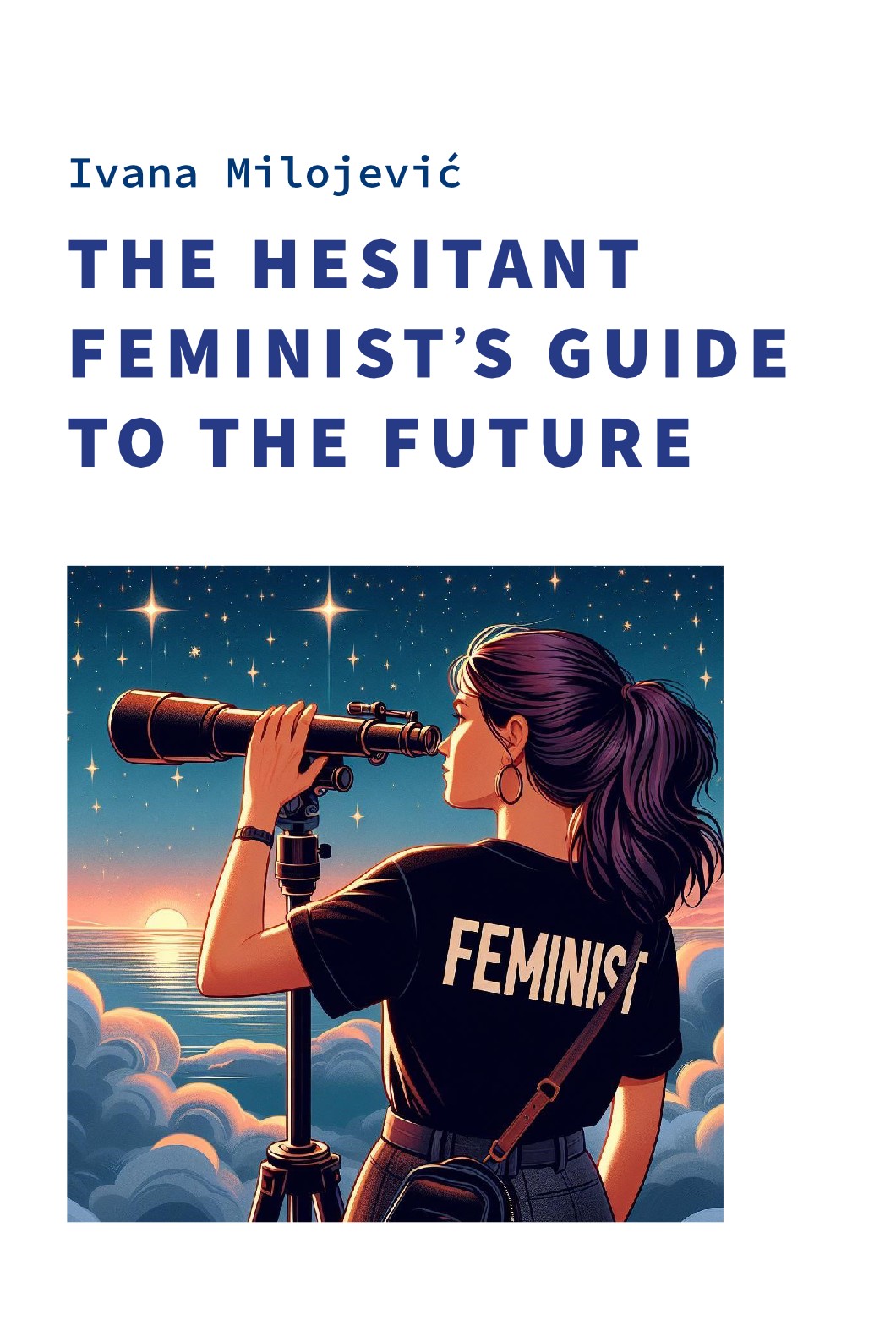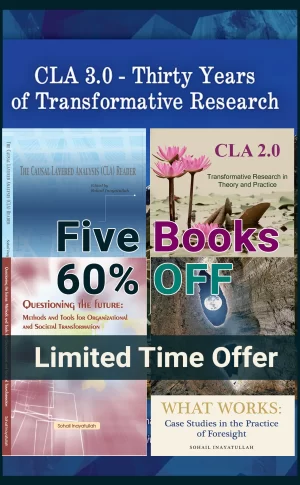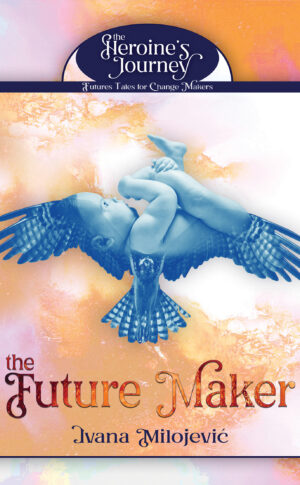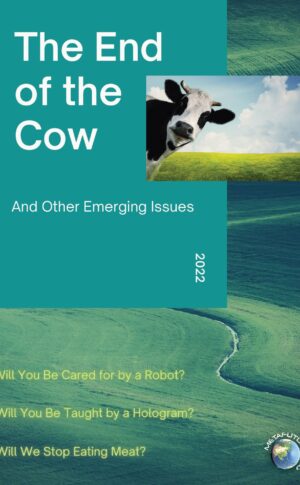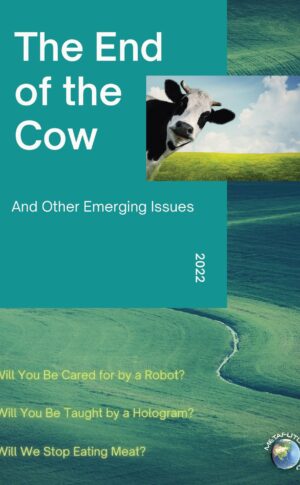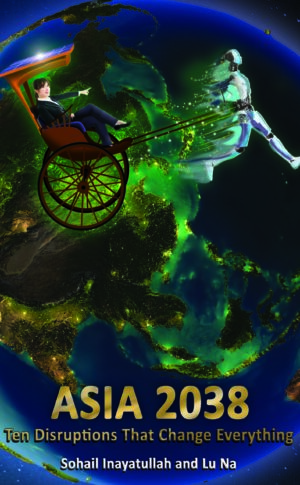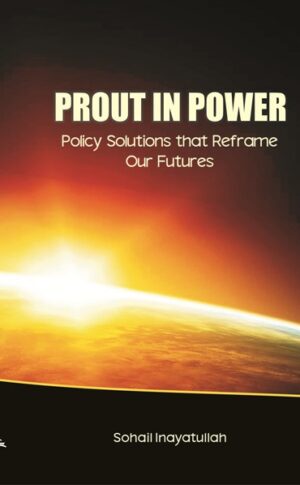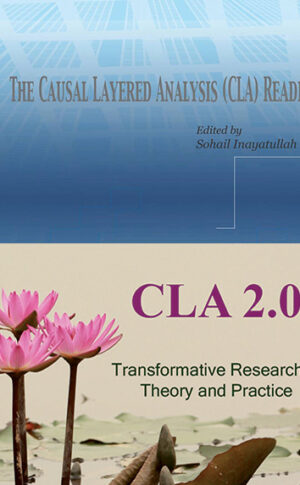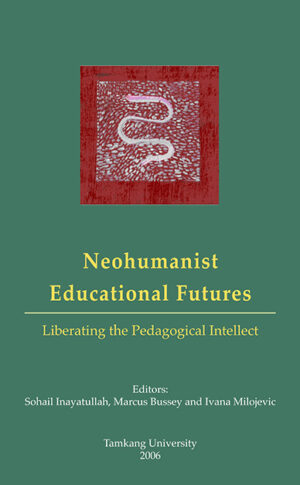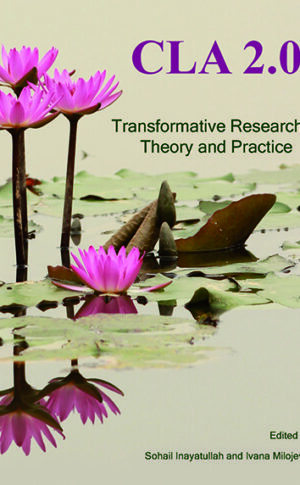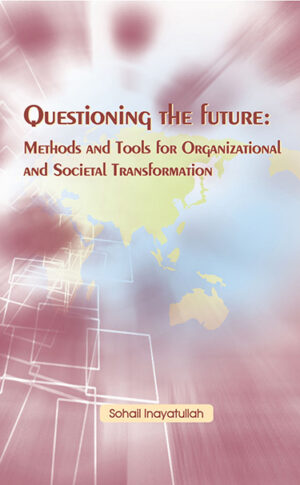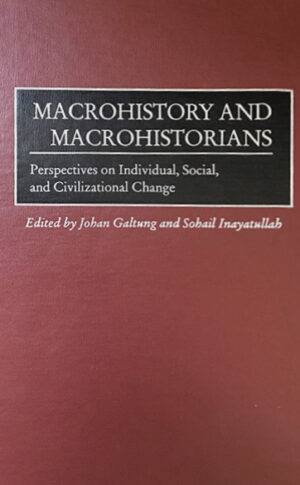THE HESITANT FEMINIST’S GUIDE TO THE FUTURE (PDF)
$0.00
This monograph explores crucial questions emerging from futures workshops and among practitioners and theorists in the field of gender studies. The monograph examines the current relevance and definition of feminism, and the degree of its inclusiveness, including the roles of boys and men within it. Additionally, it summarizes how most feminists foresee a gender-equitable future and suggests cognitive strategies for facilitating positive social change toward such futures.
Additional information
The Hesitant Feminist’s Guide to the Future begins with a historical overview, addressing some long-standing stereotypes and misconceptions about women’s and feminist movements. It then investigates the evolving nature of feminism, questioning whether it is synonymous with gender equality or a distinct concept. The monograph scrutinizes why many individuals, despite aligning with feminist principles, hesitate to identify as feminists. It debates whether feminism needs rebranding and whether we should discuss it in singular or plural terms. A pivotal question, however, is whether society is closer to achieving the feminist vision of an equitable future or if disparities have widened. The monograph considers whether certain places have realized this vision, albeit unevenly. It speculates on the implications of gender equality across various societal domains, including environment, politics, technology, family structures, and mental and physical well-being. The chapters also explore the linguistic evolution shaped by feminist discourse and the multifaceted nature of violence. Alternatives to patriarchy are revisited, including if ‘matriarchy’ could be a viable substitute. Subsequent sections present scenarios and desired visions for the future from seven futurists. The final chapter presents a reflective checklist to facilitate introspection, self-assessment and clearer understanding of one’s own alignment with feminist futurists’ principles. The monograph concludes with a list of selected resources for building feminist futures

